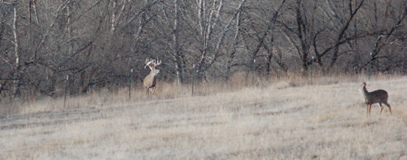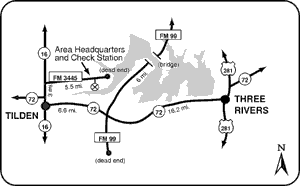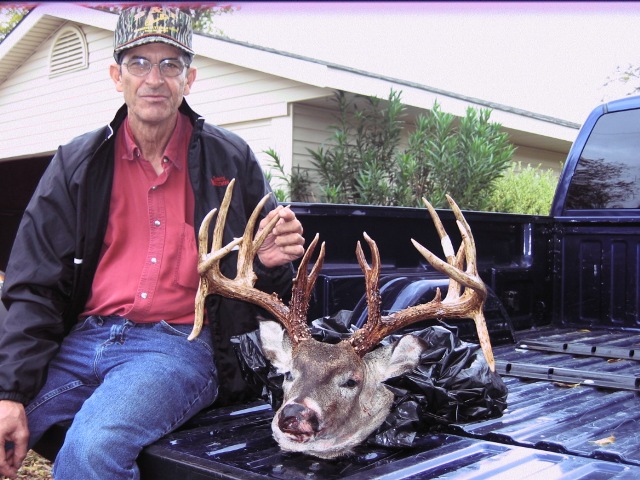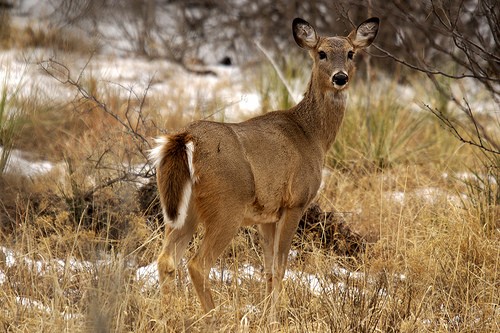The Granger Wildlife Management Area (WMA) is located in East Central Texas in the Blackland Prairies ecological region. The area consists of 10,888 acres of US Army Corps of Engineers (USACE) land located in Williamson County approximately 3 miles east of Granger and 9 miles northeast of Taylor. The management area surrounds the lake and is managed by the USACE and Texas Parks and Wildlife Department (TPWD). Granger Lake encompasses about 4,400 acres with the remaining 6,643 acres of land being divided into 9 separate hunting compartments for white-tailed deer and turkey.
Hunters can access the area for dove hunting, hog hunting and duck hunting but must possess an Annual Public Hunting (APH) Permit. Public hunting for whitetail and turkey are through a lottery-draw system only. Applications and dates are available in the “Special Drawing and Regular Permit Hunting Opportunities” book that TPWD releases in early to mid-August each year. APH permit holders can access the area during the times established in the “Public Hunting Lands” booklet, which APH permit holders receive in the mail after buying a permit.

The Granger WMA is a unique property that holds many game animals, but most hunters know the area for the big white-tailed bucks that this area has produced over the years. The management area has maintained good age structure in its buck herd by offering either-sex deer hunts only through bow hunting. Many hunters look to hunt the area below the Granger dam, but big deer can be found throughout the management area. The area has a healthy population of feral hogs too, and many hunters chase these animals throughout the year.
Camping is permitted on the adjacent USACE managed parks. For site reservations phone 877-444-6777. Motel and commercial lodging facilities are available in the vicinity as well. It is recommended that hunters wishing to camp should stay at the Willis Creek Park due to its close proximity to the Granger WMA hunter check station. Drawn hunters will be assigned to compartments and the management area will be closed to other users during the special permit hunts.
Public hunters selected for special permit hunts will have limited vehicular access, but ATVs or ORVs may be used for blind placement and game removal. For hunters not selected for draw hunts there may the possibility of standby positions. Call the Granger WMA check station for further hunt information at 512-859-2838.




